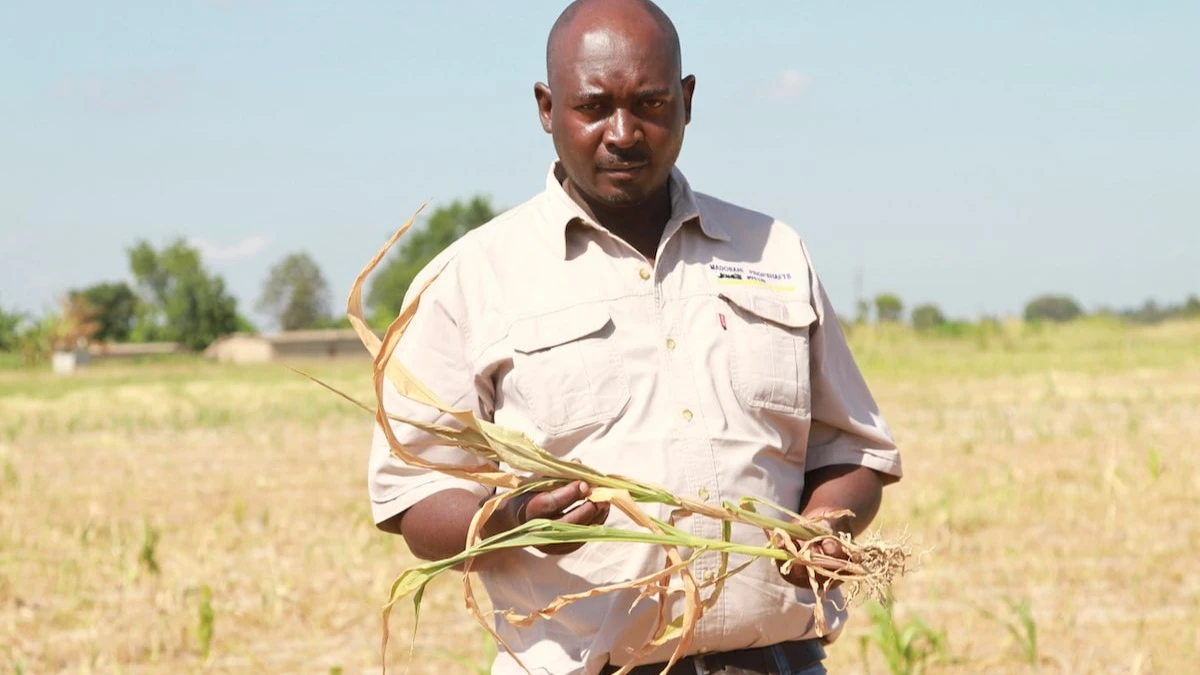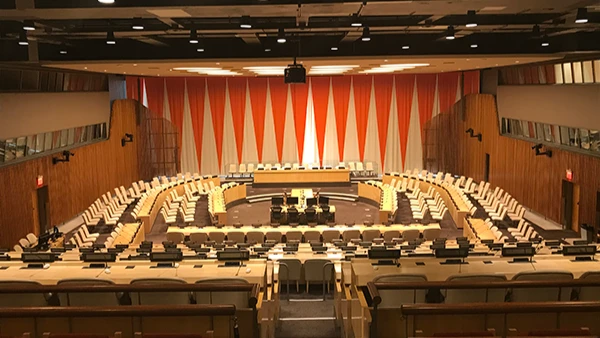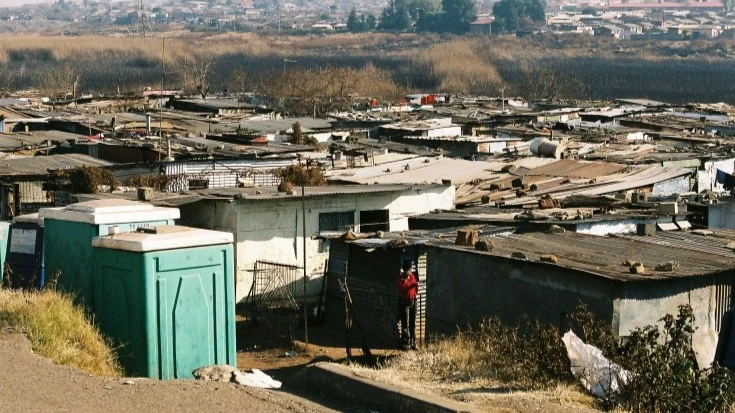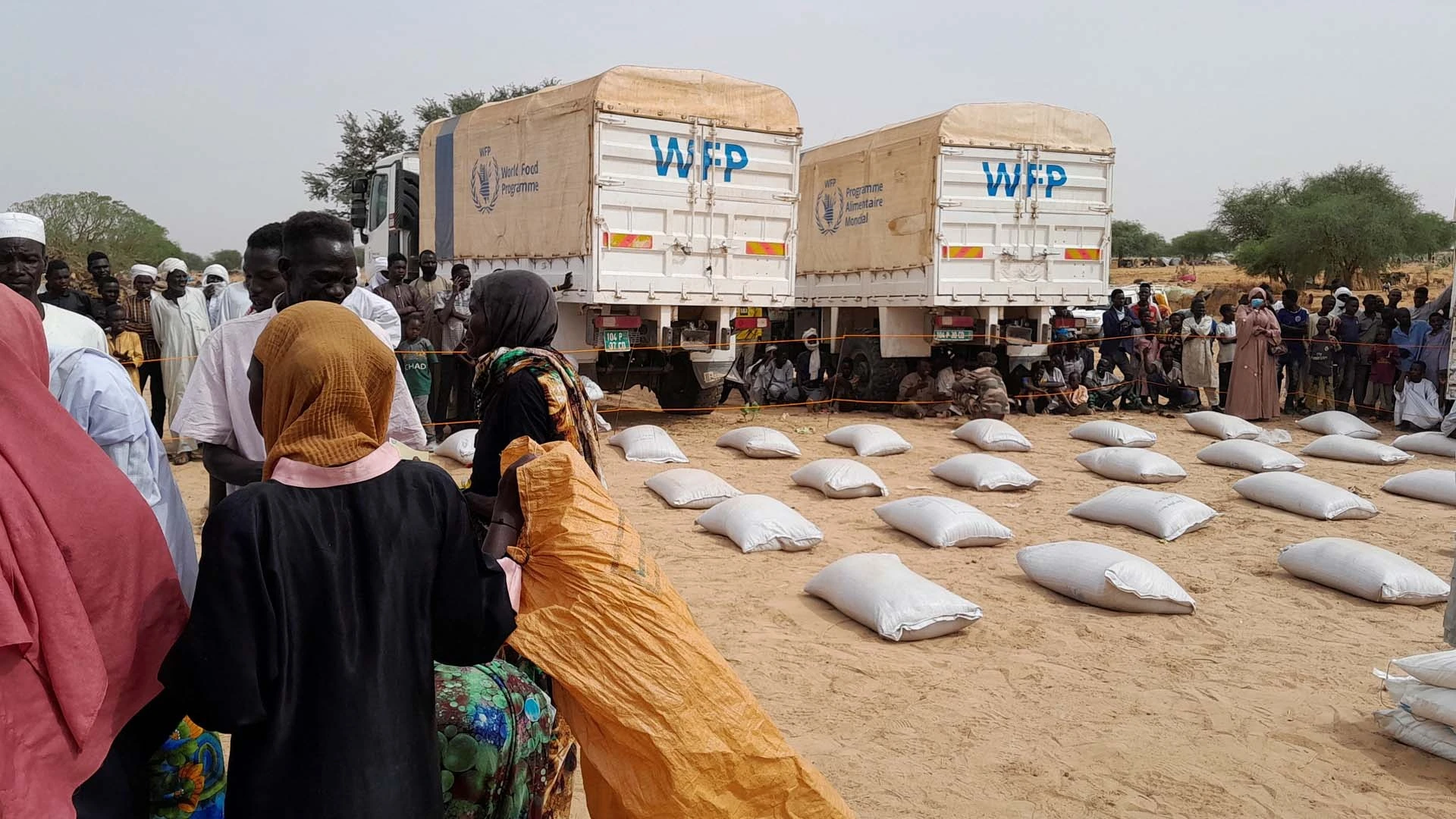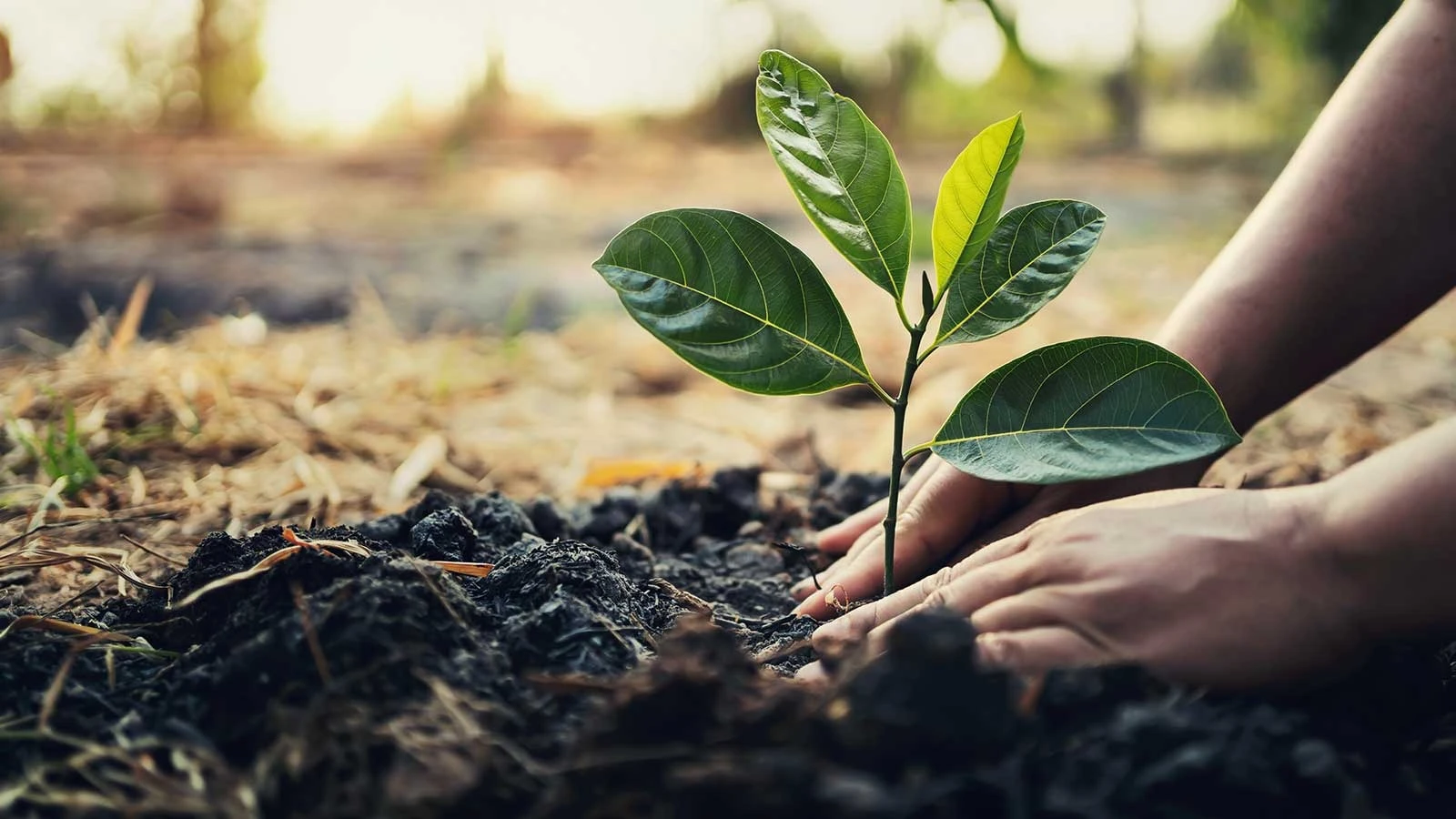Tanzania with clean ocean, free from plastic pollution ‘possible’
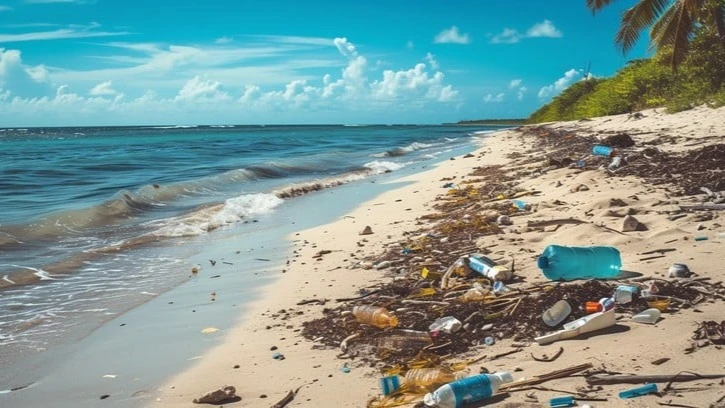
MAINLAND Tanzania boasts of a coastline of 1,424 km, which includes the coastline stretches of Mafia Island and several other small offshore islands. Although it is possible to keep it clean all the time, it can be polluted through plastic littering.
Although Tanzania effective from June 1, 2019 joined other countries across Africa and the world to ban the importation, exportation, manufacture, sale and use of plastic carrier bags, which pollute the environment, lakes, rivers and oceans/seas, education on waste management has not yet sunk deep enough among Tanzanians. The production, sale and use of illegal plastic carrier bags are still going on.
If you visit some shops or markets in the country you will find that some banned plastic carrier bags are still in use. Yet, Regulation 5 of the Environment Management (Prohibition of Plastic Carrier Bags) Regulations (2019) provides that: “All plastic carrier bags, regardless of their thickness are prohibited from being imported, exported, manufactured, sold, stored, supplied and used in Mainland Tanzania.”
Although residents are reminded from time to time to keep their environment clean (free from waste), littering is still going on in Dar es Salaam and Coast regions. This means all plastics end up in the Indian Ocean through rain or wind.
Some residents who visit beaches for recreational purposes on weekends also contribute to plastic pollution as they carry with them bottled water and beverages as takeaways and when they return home not all of them put their empty plastic bottles or bags in waste disposal containers.
In July 2022 Vice-President, Dr Phillip Mpango, while opening a United Nations workshop on global reporting and assessment of the marine environment in Dar es Salaam, called on stakeholders to take necessary steps to protect oceans against plastic pollution, lest it overwhelms the ocean by 2050.
He showed the steps Tanzania had started taking, including banning plastic carrier bags, allotting 6.5 per cent of the Indian Ocean (territorial waters) for marine protected areas (MPAs), controlling blast fishing by 99 per cent and strengthening the surveillance and monitoring of deep sea fishing to protect marine environment and livelihoods.
State of the Coast for Mainland Tanzania Transitioning to Blue Economy: Contribution of Coastal and Marine Environment 2024 says a recent study estimates that six years ago (2018), 315,000 tonnes of plastic waste were generated in Tanzania, of which 71 per cent of plastics came from Dar es Salaam districts (Kinondoni, Ilala and Temeke).
“Low solid waste collection rates coupled with high rates of improper disposal are characteristic in Dar es Salaam, where for example, the collection capacity of solid waste ranges from 15 per cent up to 58 per cent and the least capable district is Temeke.”
At global level, citing Sustainable Manufacturing and Environmental Pollution (SMEP, 2022), UNCTAD report on “Plastic Pollution: The pressing case for natural and environmentally friendly substitutes to plastics 2023” suggests that annual costs of plastic pollution are estimated at $2.2 trillion, including $1.5 trillion in ocean damage, $695 billion in greenhouse gas (GHG) emissions, and about $25 billion in land pollution.
The ocean supports marine resources and serves as a means of transport and the transportation of goods and services. Although Sustainable Development Goal (SDG) 14 of Agenda 2030 provides for sustainable conservation and utilisation of the oceans, seas and marine resources for sustainable development, evidence-based research shows an increase in plastic pollution levels in the ocean.
UNESCO State of the Ocean Report (StOR) 2024 suggests that since the 1990s there has been a steady increase in plastic pollution and the situation is likely to worsen “beyond the safe operating space for humanity”. Plastic pollution is caused by humans and has devastating effects on human health.
About 170 trillion plastic particles float in the ocean, based on data from 11,777 stations, weighing between 1.1 and 4.9 million tonnes, StOR (2024) shows as it cites a study conducted by Eriksen et al. (2023).
“The current annual production of plastics (approximately 450 million tonnes) is predicted to double by 2045, under current trends. The inadequacy of waste management to meet this demand is a particular problem for developing countries, and especially Small Island Developing States (SIDS), with poorly developed waste infrastructure,” says StOR (2024).
Furthermore, the report says the impact of plastic pollution has reached alarming levels. Out of the 369 million tonnes of plastic waste generated every year about 11 million metric tonnes enters the ocean. This number is projected to triple by 2040 if no measures are adopted to halt that pace.
The StOR (2024) report informs policy-makers and stakeholders about the state of the ocean and to stimulate research and policy actions towards ‘the ocean we need for the future we want’, contributing to Agenda 2063 and in particular SDG 14.
It is possible to stop the importation, exportation, manufacture, sale and use of banned plastic carrier bags and keep the environment clean at the time. The more we do this, the less we litter and pollute the environment and the ocean.
Top Headlines
© 2024 IPPMEDIA.COM. ALL RIGHTS RESERVED




